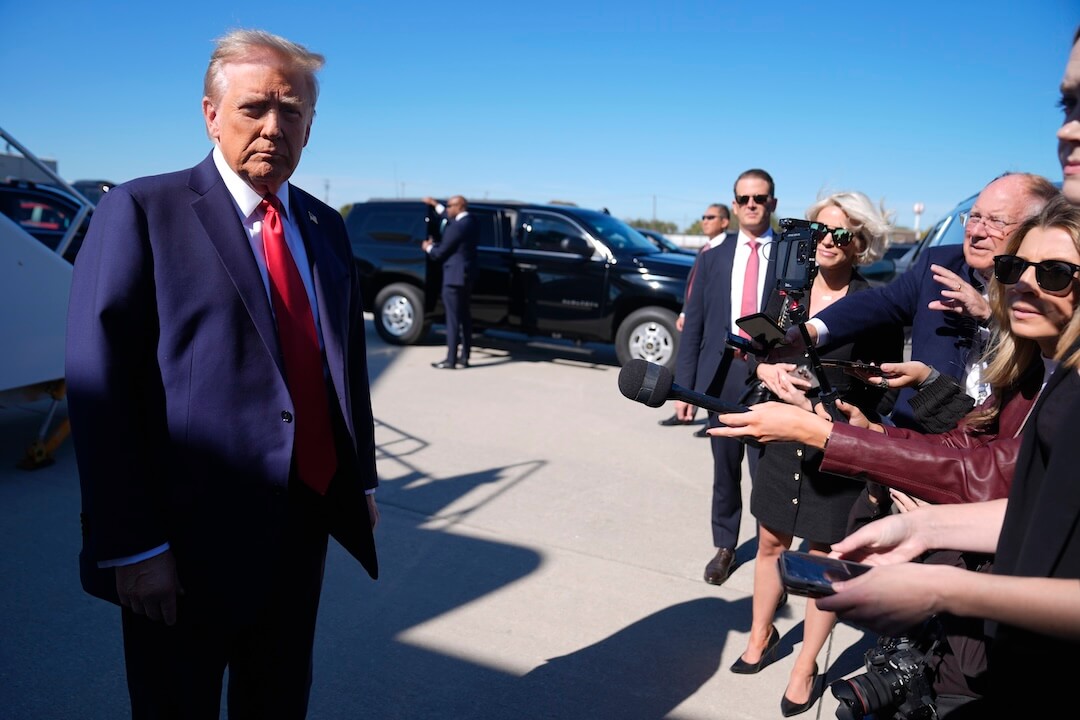About a month ago, the sports department at the Los Angeles Times was fully-staffed, ready for a day that included a horse race, a basketball game and a boxing match.
“It looked like a Tuesday,” said Angel Rodriguez, sports editor. By 3 p.m., the Times’ coverage of the Kentucky Derby began. At 5 p.m., the Los Angeles Clippers started playing the San Antonio Spurs in game seven of the NBA Playoffs. By 9 p.m., Floyd Mayweather and Manny Pacquio started their fight.
By midnight on Sunday, the L.A. Times sports pages had 7 million pageviews and 2 million unique visitors — a daily traffic record for the sports department.
Rodriguez doesn’t take credit for the record-breaking traffic. He’d only been at the Times for about a month, and he came there from a digital background with some print-centered stops along the way.
‘I learned that on the fly’
Like many journalists these days, Rodriguez has had a winding career path. He worked at ESPN and MLB.com, then spent eight years at The Arizona Republic, five of those working as the homepage manager. In 2012, a former Republic coworker hired him as the sports editor at The Cincinnati Enquirer. There, suddenly, he was in charge of a print division.
“I had never booked a section before,” Rodriguez said. He had to figure out print deadlines, when special sections had to run and the process for advertising.
“I learned that on the fly,” he said.
Rodriguez was hired for that job by then-managing editor Laura Trujillo.
“She really took a chance,” Rodriguez said, “saying ‘you can learn the print stuff, you had what we need on the digital side.'”
“I wanted someone smart, someone who knew sports and someone who was a good person,” Trujillo said. “Angel probably wasn’t the obvious choice, but he was the obvious choice.”
Rodriguez understood digital in a more sophisticated way than journalists coming strictly from print backgrounds, and he understood how to help them understand it.
“I have always tried to hire for potential,” said Trujillo, who left the paper last year. “If you hire for potential, you’re going to get someone to reshape a role and do it in a way that you didn’t imagine. So to me, you’re going to get brilliance.”
Rodriguez stayed in Cincinnati for two years. His next move was to The Washington Post, where he stayed for just nine months and helped launch the Kindle Fire app. Then, the sports editor gig opened up at the L.A. Times, he said, “and it’s one of those kind of dream jobs that you have to go after.”
About that record traffic
One of the biggest reasons Rodriguez thinks the Times broke traffic records that Saturday is pretty old school — the paper’s beat coverage of boxing.
“We have a boxing writer who’s great, Lance Pugmire, who has laid the ground for us to have success,” Rodriguez said.
While some media orgs might only cover big events in the boxing world, the Times has made reporting on boxing a priority — signaling to readers the paper is serious about its coverage, Rodriguez said.
The Times also figured it was going to be a big night, so in the week leading up to the match, it drummed up buzz with blog posts and social media promotion. It also sent two reporters, a columnist and two photographers, to Vegas to cover the fight.
Around noon that day, staffers began live-blogging from Las Vegas, covering what was happening leading up to the fight. They offered round-by-round updates, knowing that not everyone would pay $99 to watch the match. They also planned carefully, coming up with a few versions of the front of the sports section so designers could move fast, and they developed smart follow-up ideas for after the fight.
After the fight ended, staff repackaged some of the day’s online content for print, including the round-by-round updates.
“In sports, people say that every night is kind of like election night,” Rodriguez said. “So much happens at night, this was really like a big election night.”
And yes, there were pizzas.
Figuring out L.A.
In Cincinnati, one of Rodriguez’s unofficial jobs was helping legacy journalists learn about digital. People talk about print dinosaurs, he said, but there he found legacy journalists who wanted to learn new skills.
“I think people want to do good work,” Rodriguez said, “and all they need is people that can lay out a good plan for them.”
At The Washington Post, Rodriguez remembers something managing editor Kevin Merida said about the Kindle Fire app.
“He said, ‘the app allows us to put our best journalism on a red carpet every day.’ That’s what everyone should be doing every day,” he said. “That’s what I’d like to be able to do here, figure out how to do that best.”
He’s just getting started in L.A., and it takes time to figure out a market. What worked in one city, like a live-event podcast he helped create in Cincinnati, might not work in another. He tries to take things slow at the beginning.
What translates across any market, though, is good storytelling.
“If we have a focus at the beginning, it’s really trying to focus on that,” he said, “then figuring out how to tell them best in each platform.”










Comments